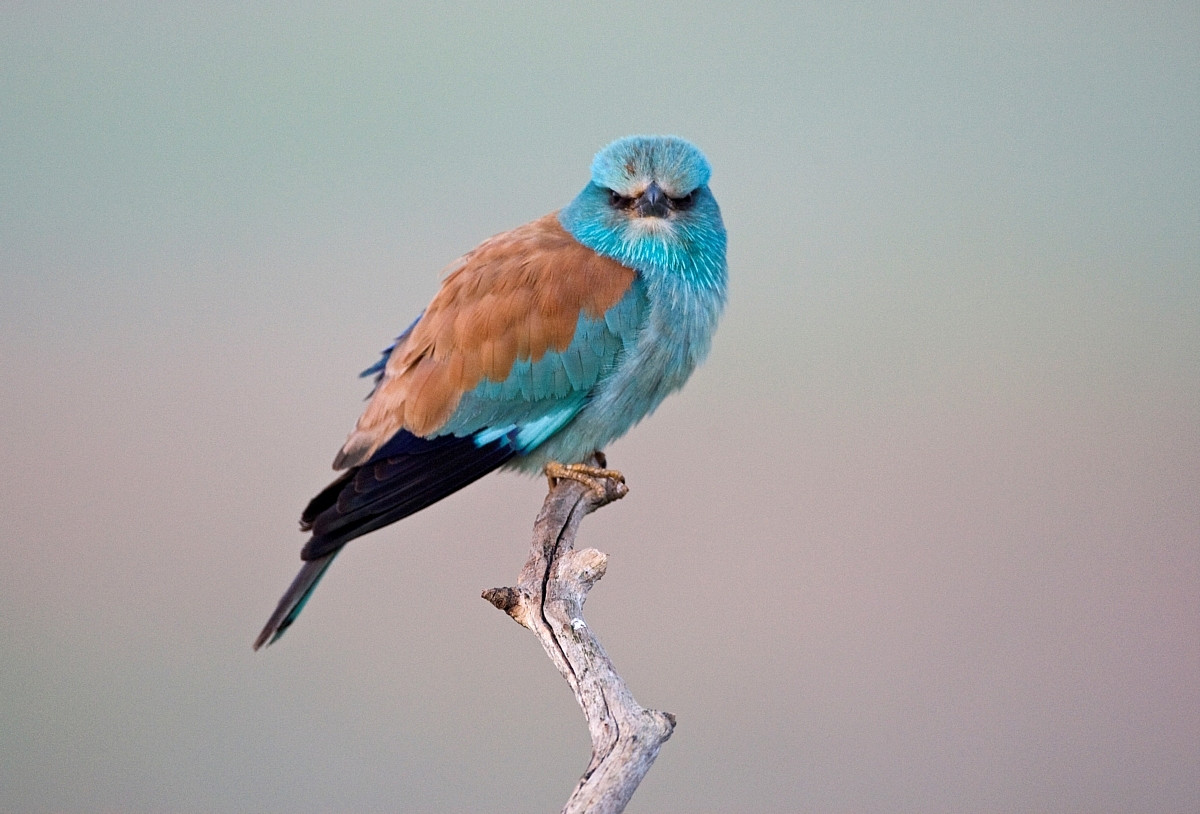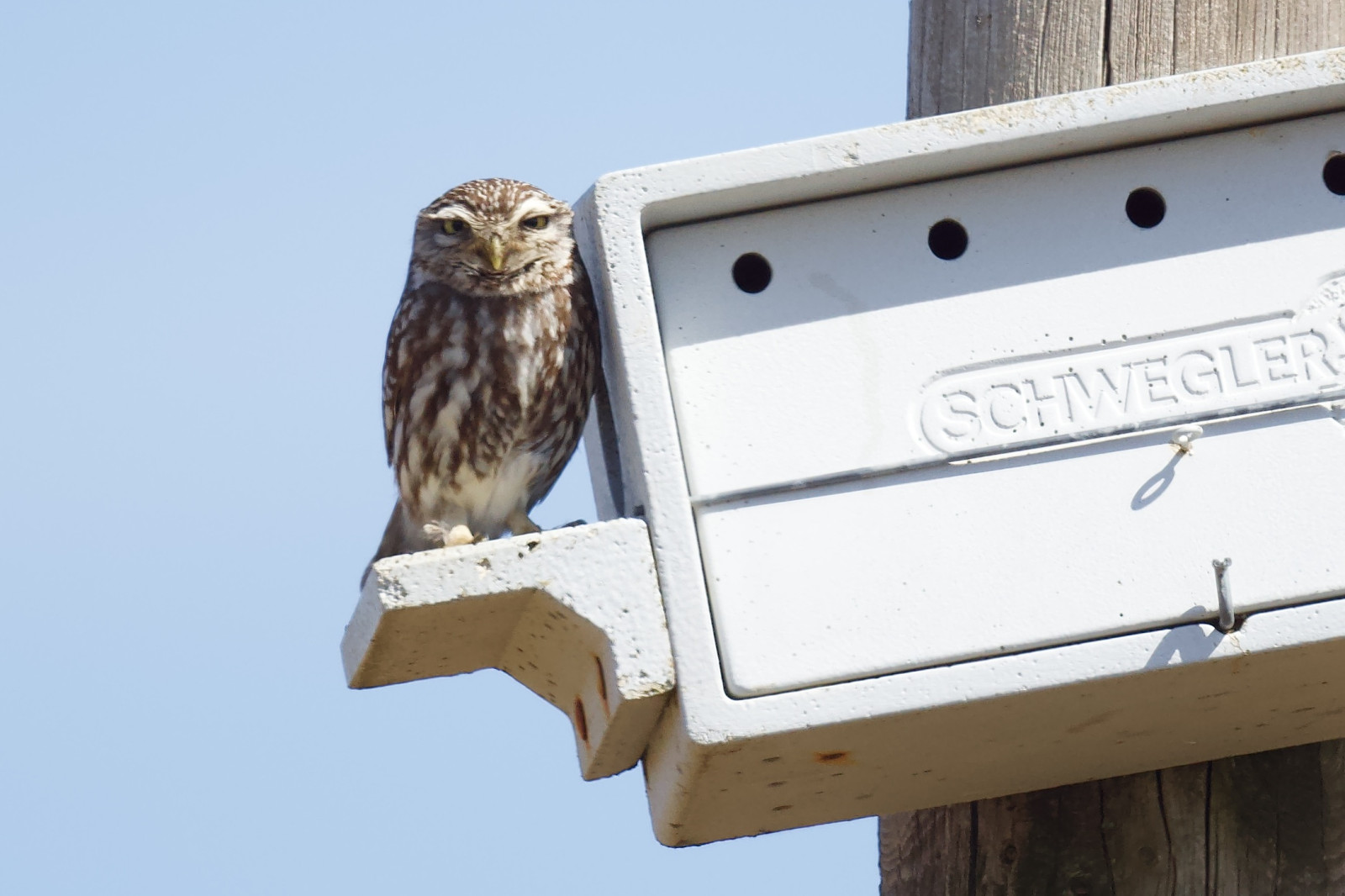Opis
Los llanos de Cáceres, or the steppes of Cáceres, is a large steppe area and one op the best places for steppe birds in Extremadura. A rural road runs across the steppes from which a large part of the steppes can be overlooked. These steppes consist entirely of grassland. There is no agriculture. In the past, this area was also a dehesa with old trees that were felled for the construction of the cities and for the Spanish Armada. At this point (see the map below) you find the bird hide of La Pulgosa, but actually you can stop at many points along this dirt road and find birds like drop, strepet, stepówka bialobrzucha, stepówka czarnobrzucha, kalandra szara, góropatwa czerwona, kukułka czubata, dudek, kraska, pójdźka and kulon (zwyczajny). But also a very good area for raptors like sęp kasztanowaty, sęp płowy, gadożer, orzełek, orzel iberyjski, orzeł przedni, błotniak stawowy, błotniak łąkowy, kania ruda and kania czarna.
Szczegóły
Dostęp
The area is located southwest of the village of Santa Marta de Magasca. From the village take the cc-99 road heading southwest and after about 12 km you will find the turn-off tot the dirt road on your right side. The dirt road can be driven with a normal car. Parking can be done easy all along the dirt road.
Teren i siedlisko
StepWarunki
Otwarty krajobraz , PagórkowatyTrasa dookoła
NieCzy luneta będzie przydatna ?
Może być przydatnaUdany sezon obserwacyjny
Przez cały rokNajlepszy czas na wizytę
WiosnaTrasa
Droga nieutwardzonaPoziom trudności szlaku pieszego
ŁatwyDostępne
Pieszo , Rower , SamochódCzatownia/platforma obserwacyjna
NieDodatkowe informacje
Some of the surrounding roads are lined with many nestboxes. These are the best places to find kraska and pójdźka who breed in the nestboxes.




